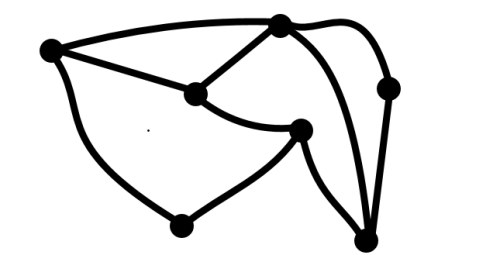Landing page for the entire series of posts on graph theory and trails.
- Trails and Graph Theory: Graphs
- Trails and Graph Theory 2: Bridges
- Trails and Graph Theory 3: NetworkX
- Trails and Graph Theory 4: Import Maps
- Trails and Graph Theory 5: Algorithms
- Trails and Graph Theory 6: Utilities
- Trails and Graph Theory 7: Apply Tools
- Trails and Graph Theory 8: Fuzz
- Trails and Graph Theory 9: Gradient Fuzz
- Trails and Graph Theory 10: Databook
- Trails and Graph Theory 11: Add Connections
- Trails and Graph Theory 12: Mind the Gap
- Trails and Graph Theory 13: Longer Roadwalks
- Trails and Graph Theory 14: Visualize
- Trails and Graph Theory 15: Trails Not Recommended
- Trails and Graph Theory 16: Edge Cases
- Trails and Graph Theory 17: Dog Food
- Trails and Graph Theory 18: Water Sources
- Trails and Graph Theory 19: Elevation
- Trails and Graph Theory 20: Desimplify
- Trails and Graph Theory 21: More Databook
- Trails and Graph Theory 22: Ground Truthiness
It all started with a question:
What is the longest continuous route on existing trails in the Gila National Forest, that does not repeat any segment (but intersections are OK)?
And what is the longest continuous loop?
Can the result be mapped and documented as a Long Trail to share with hikers?Sagebrush
Graph Theory is a branch of mathematics that can help us analyze a trail network. A graph has nodes (or points or vertices) that are connected by edges, and can be represented visually:
